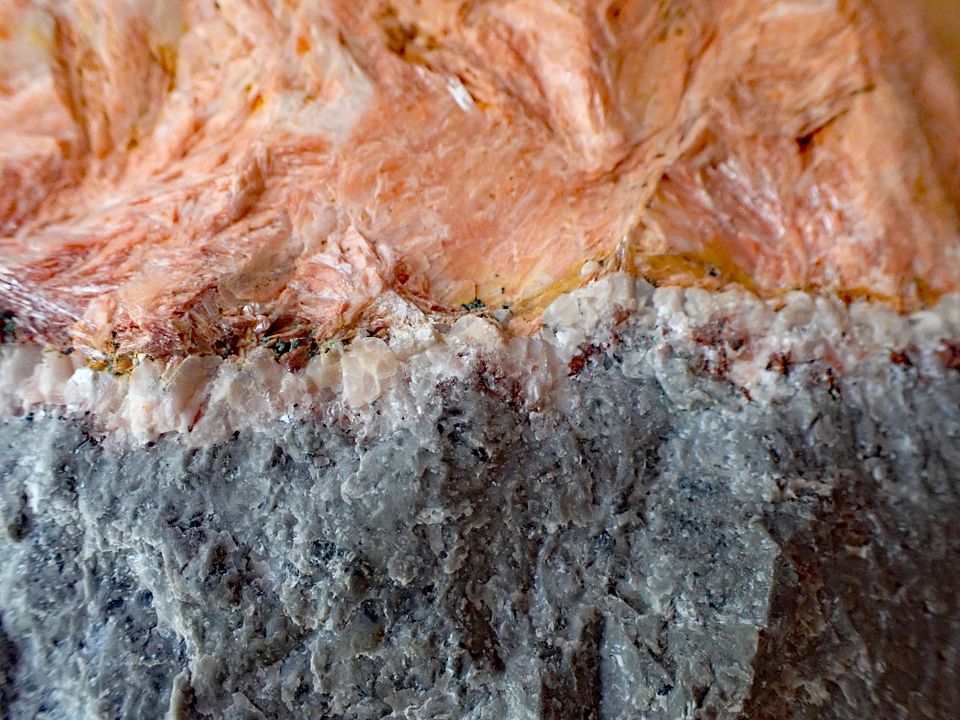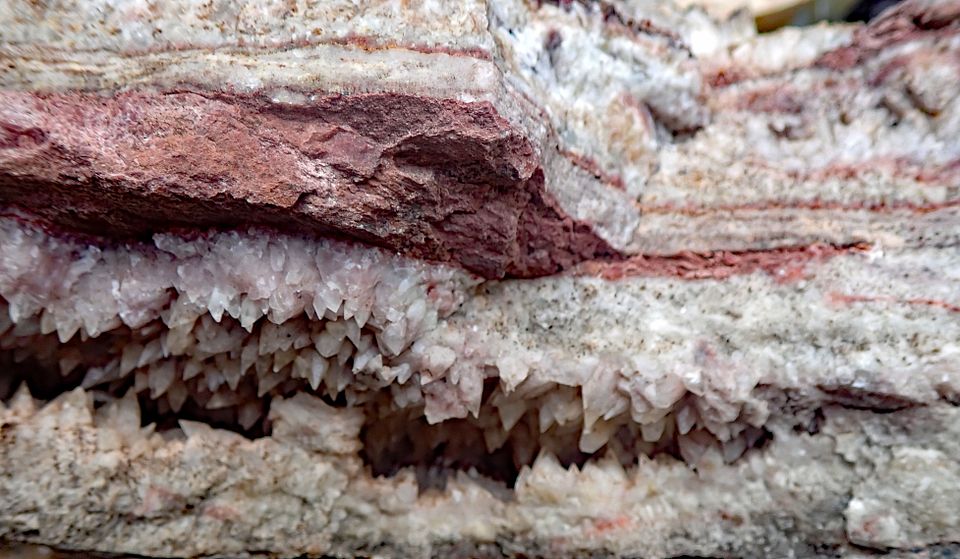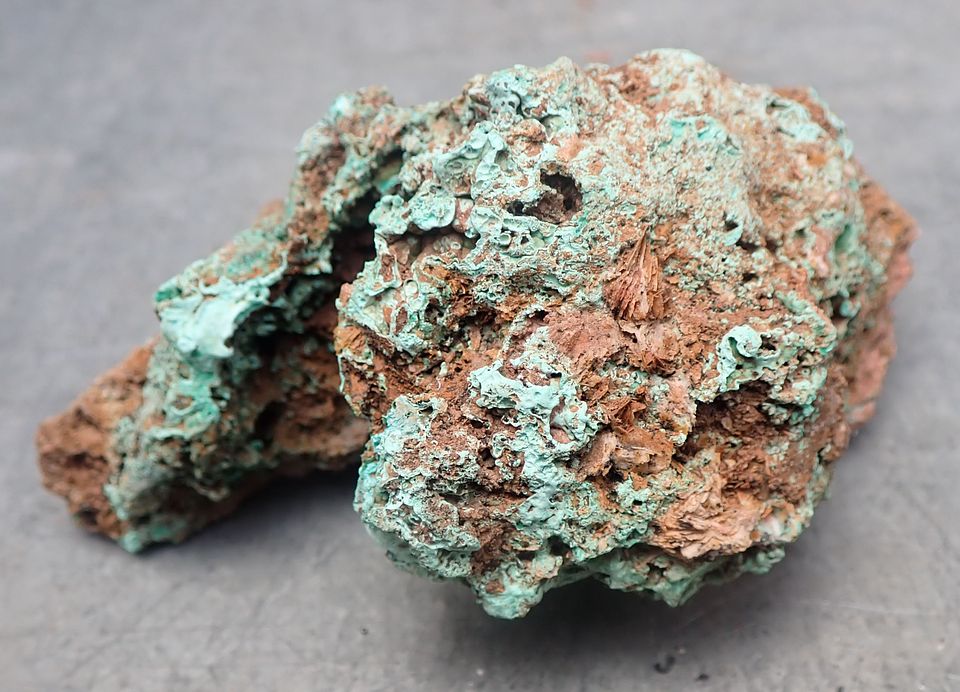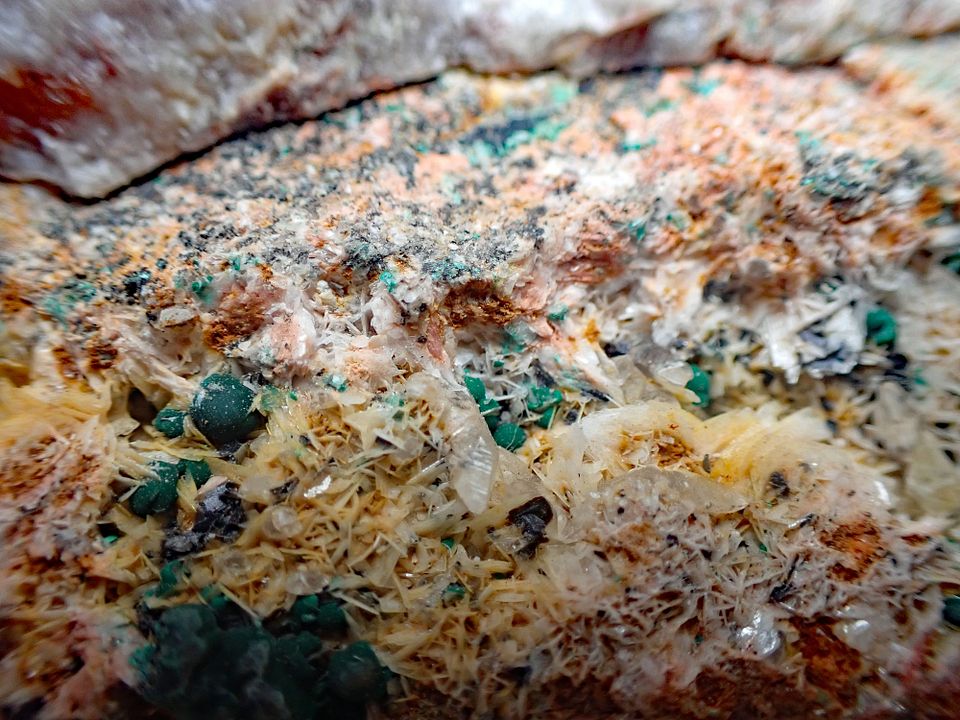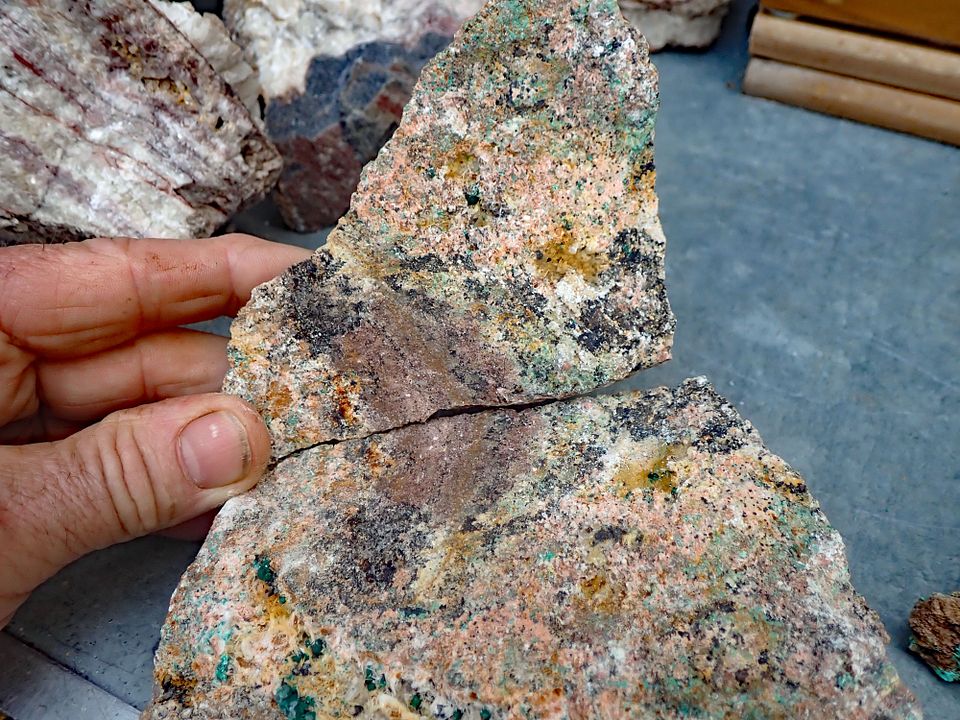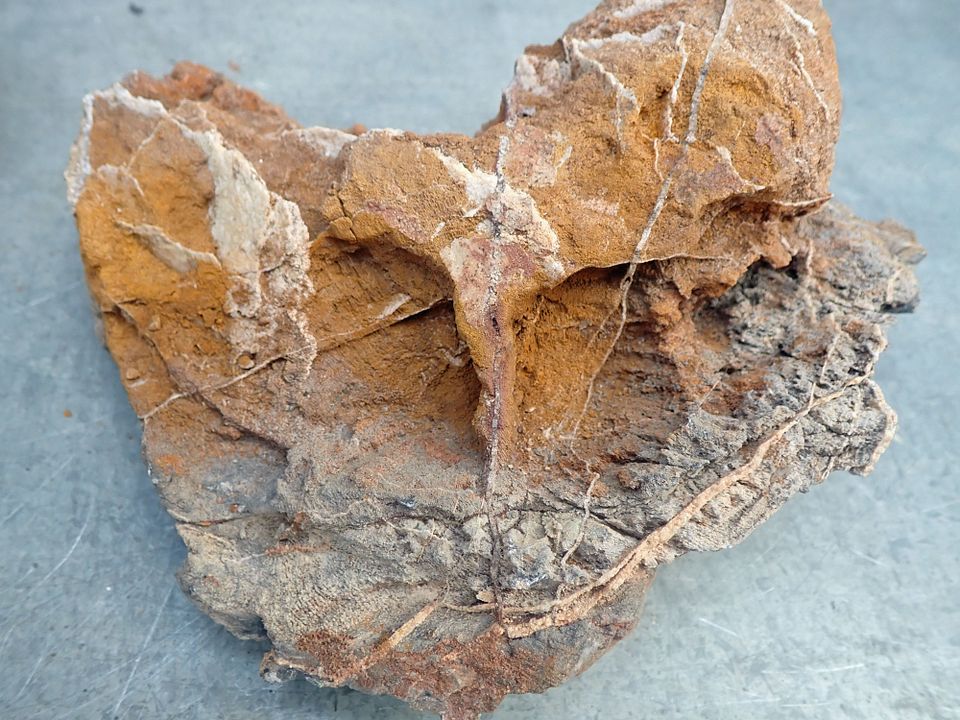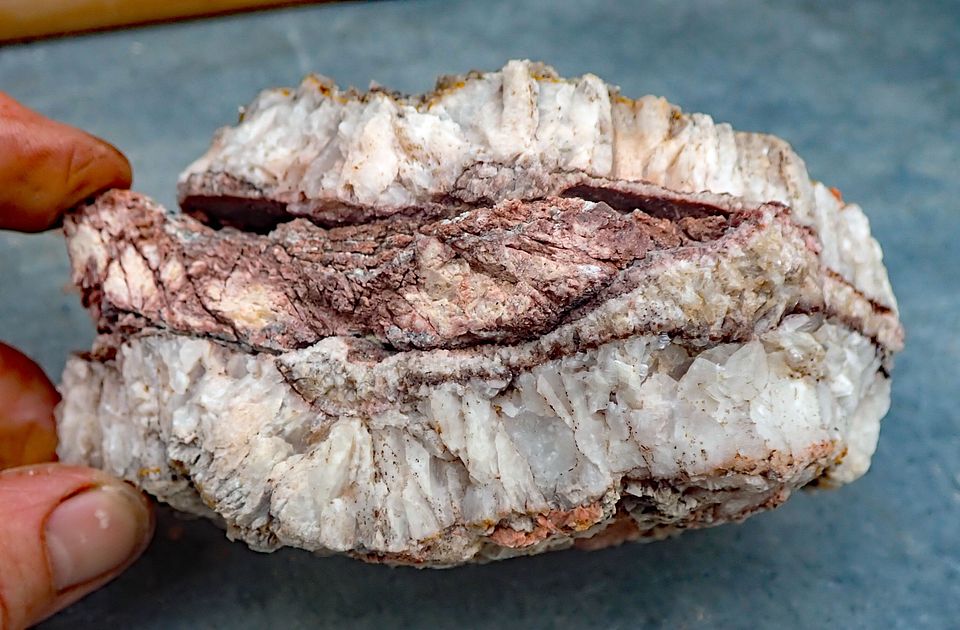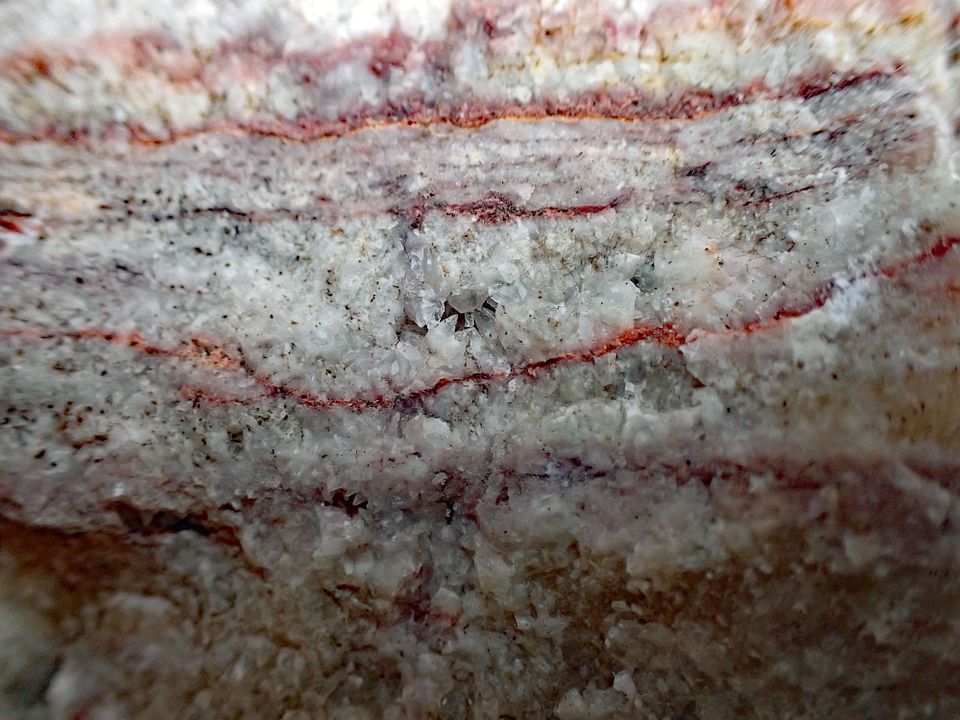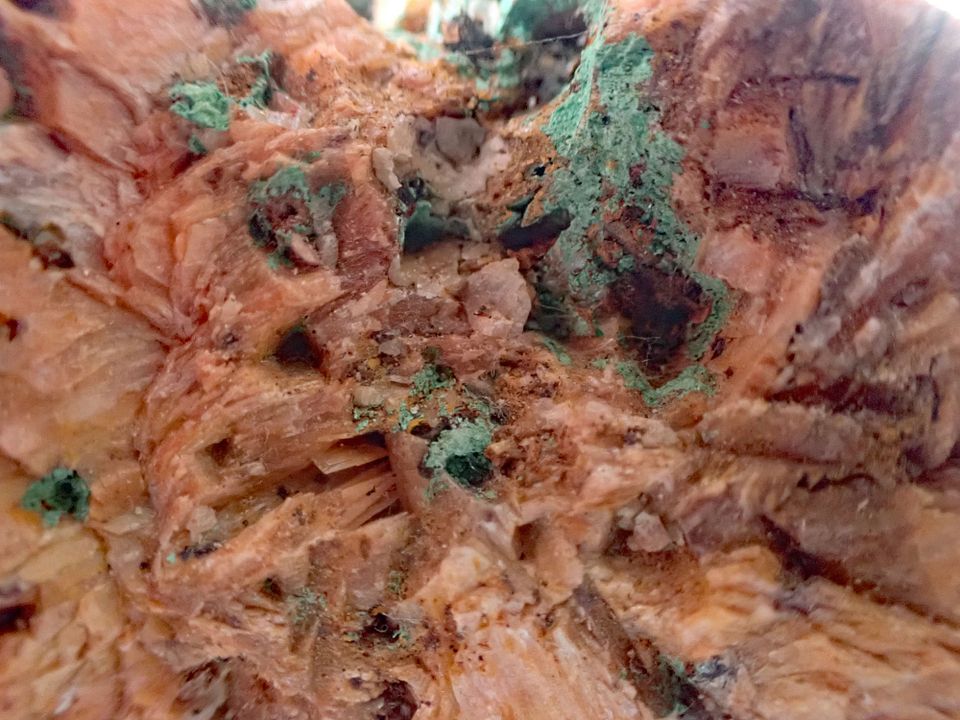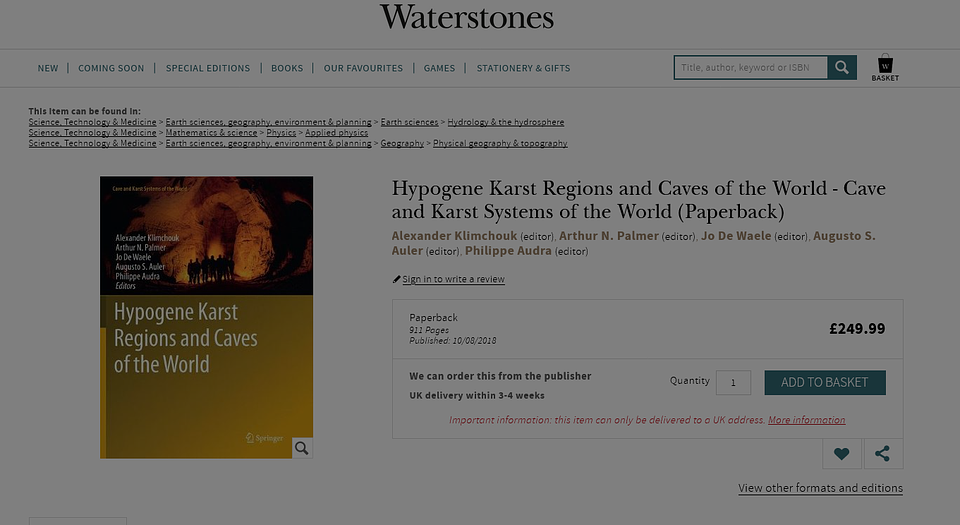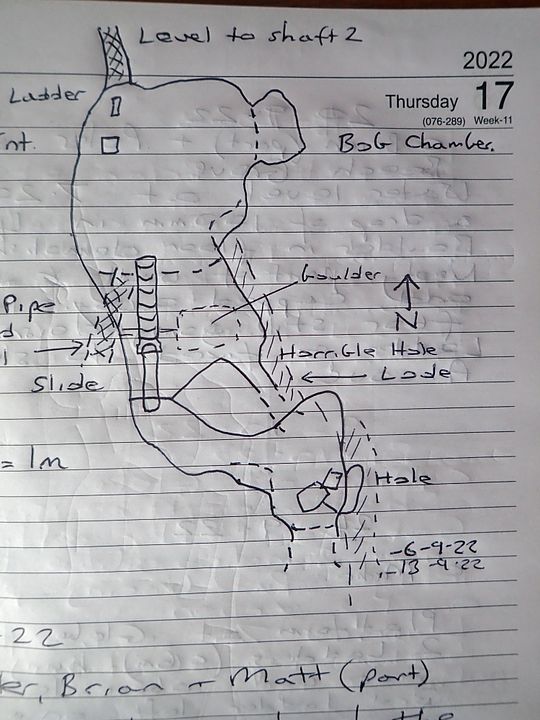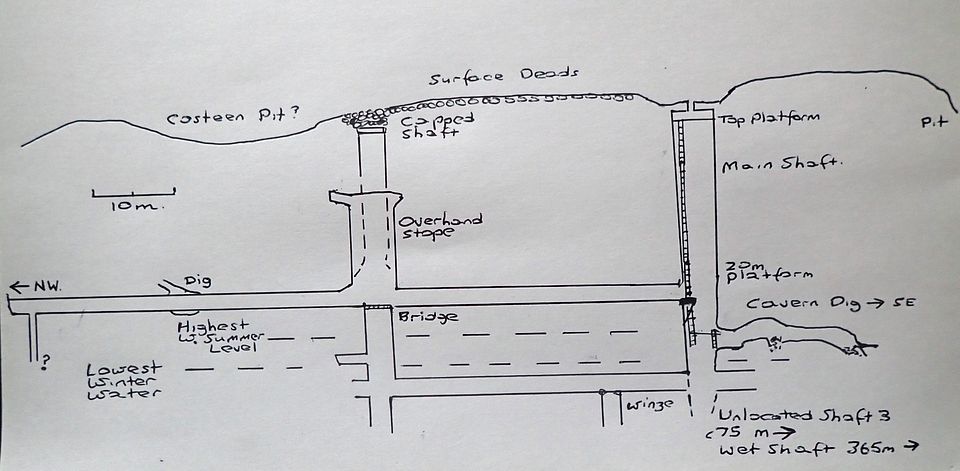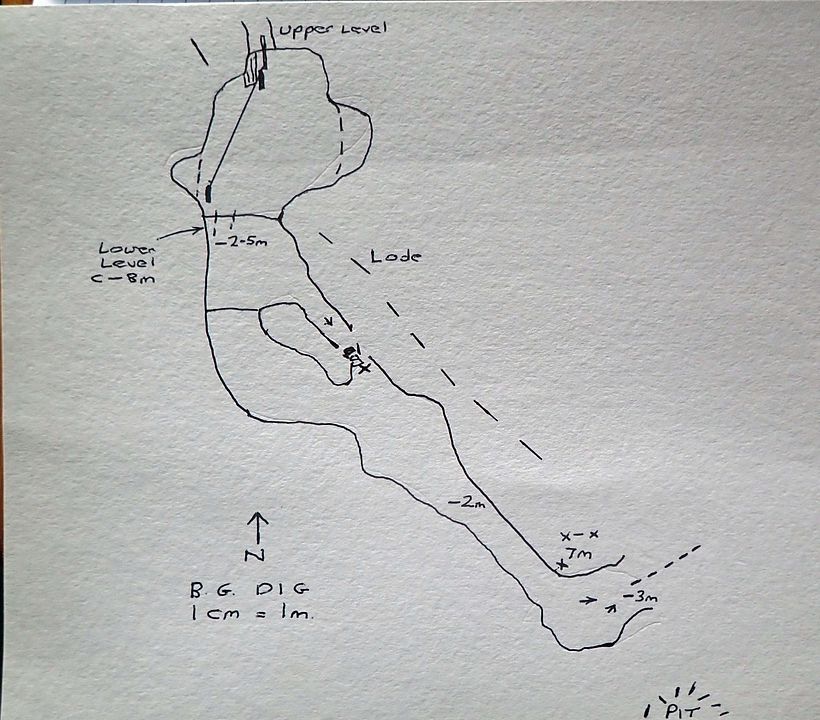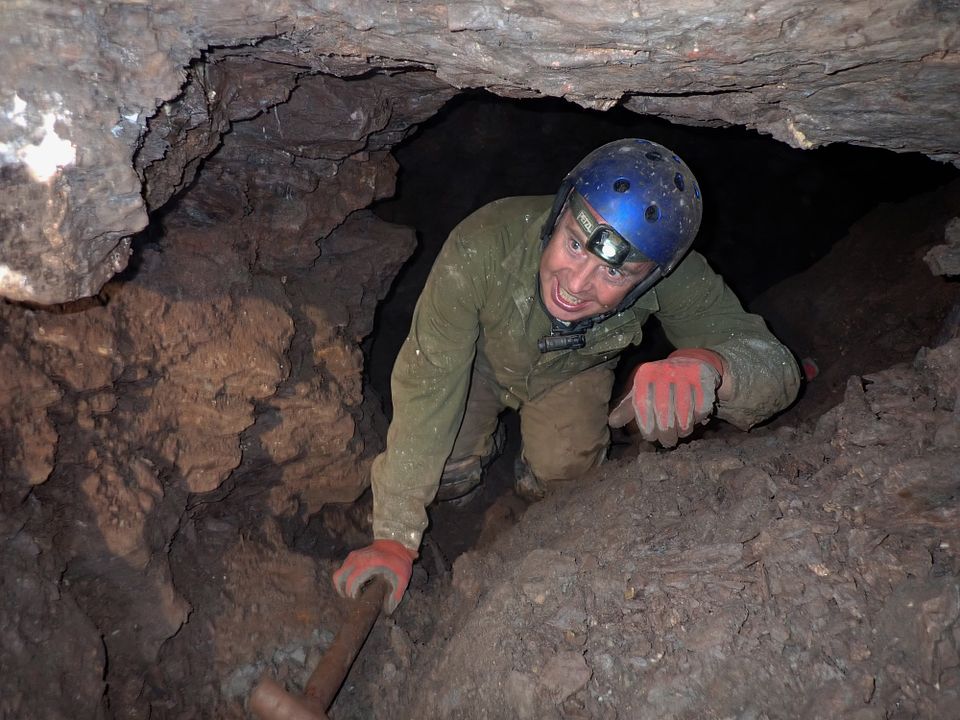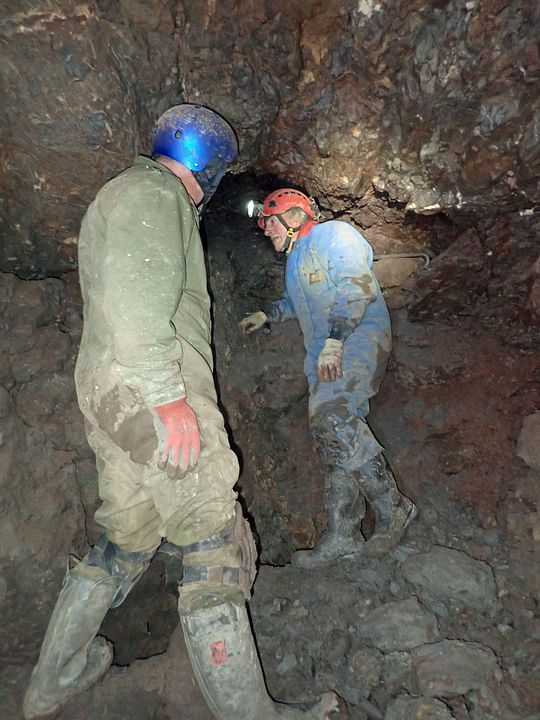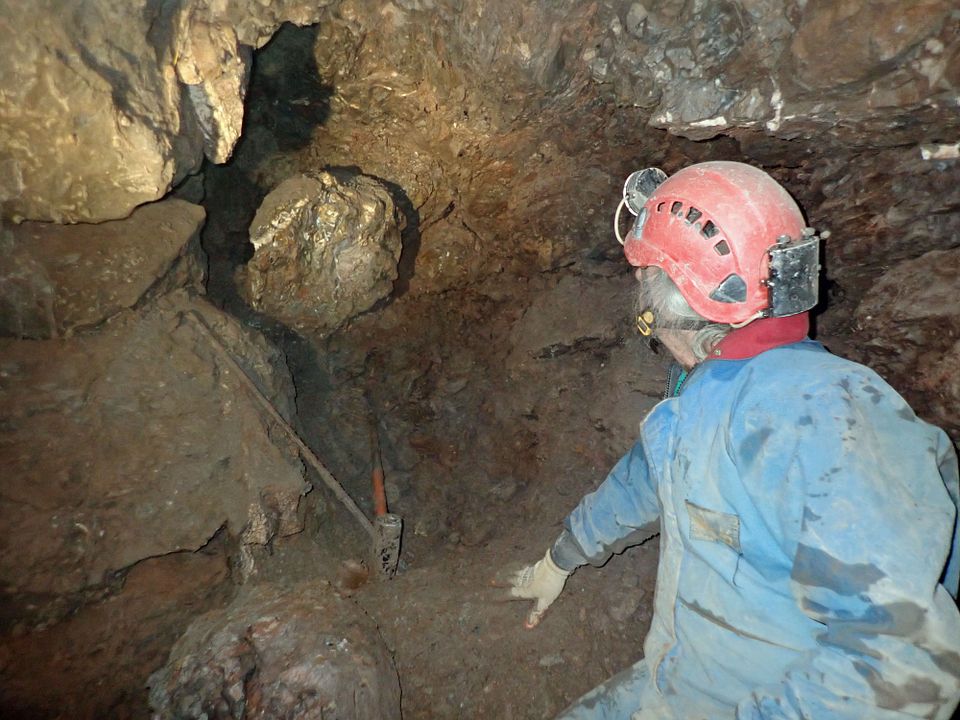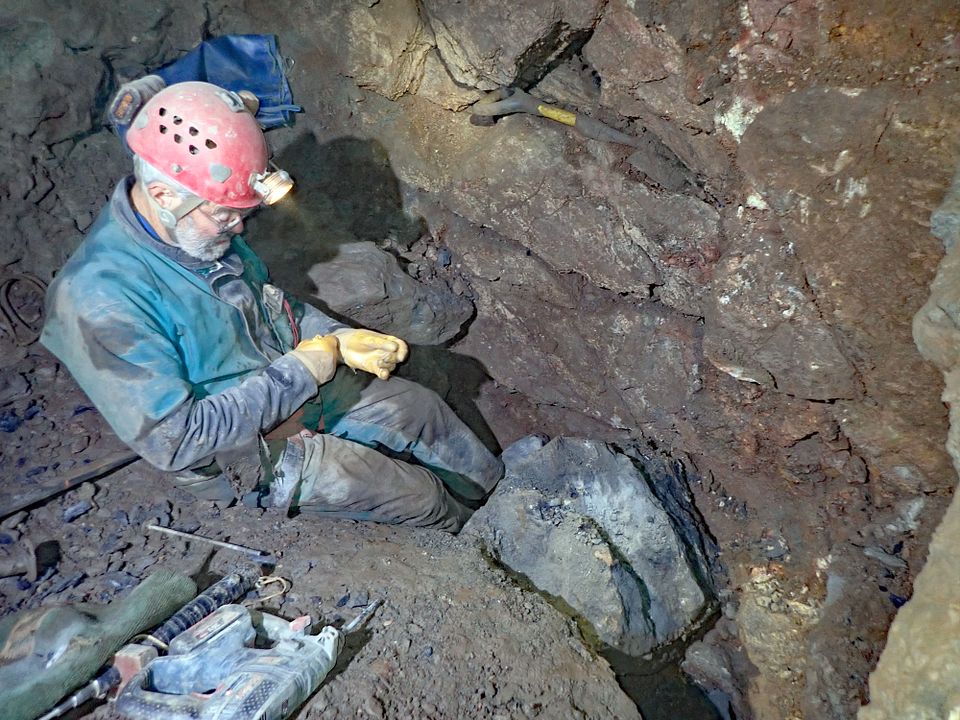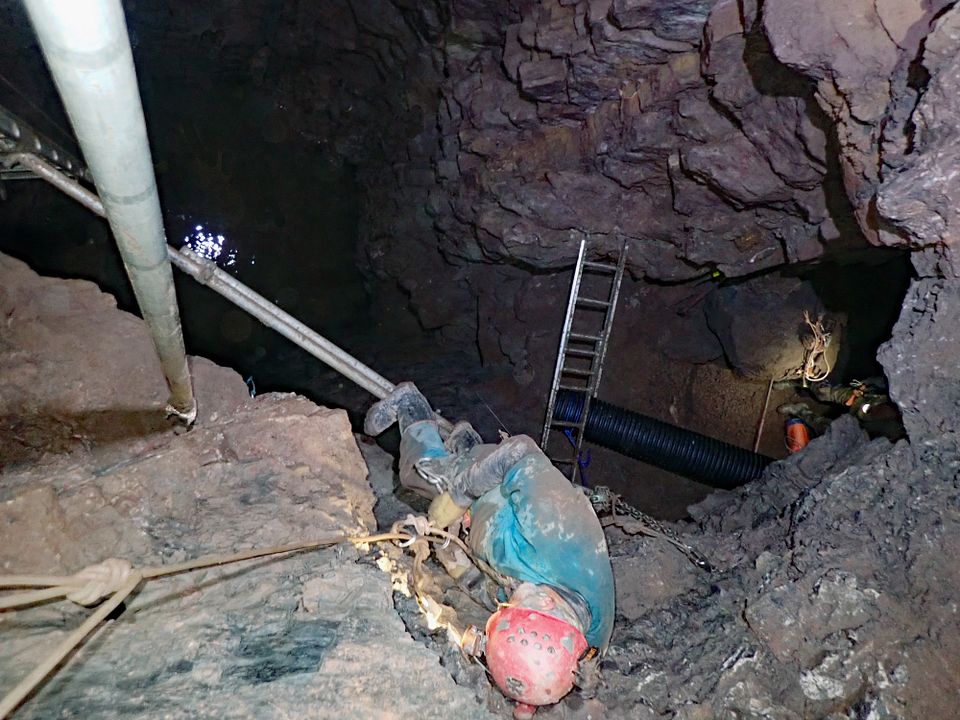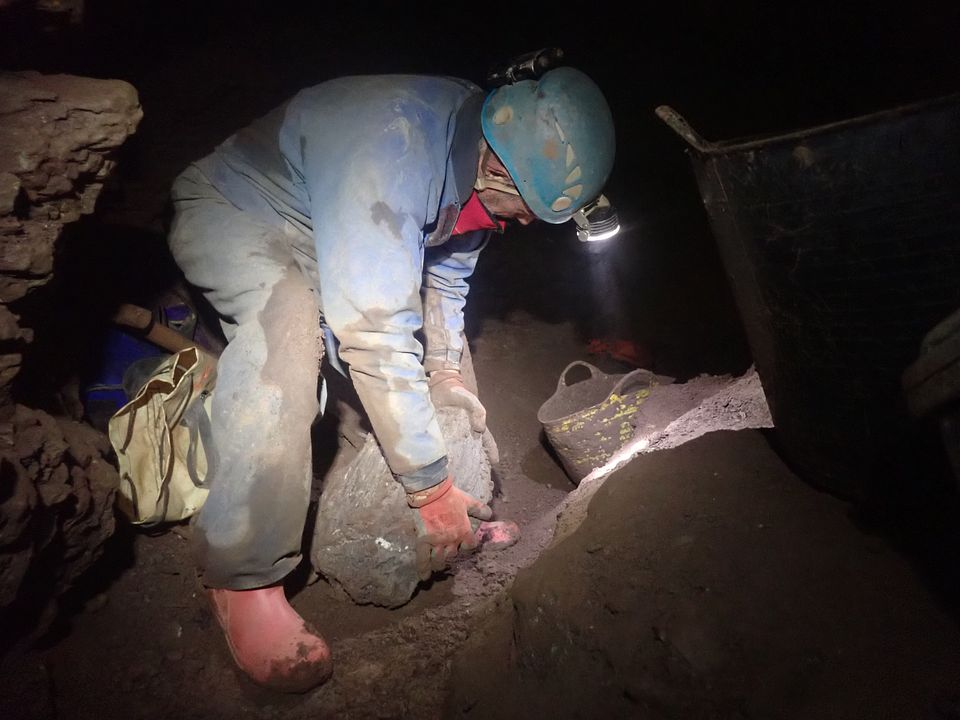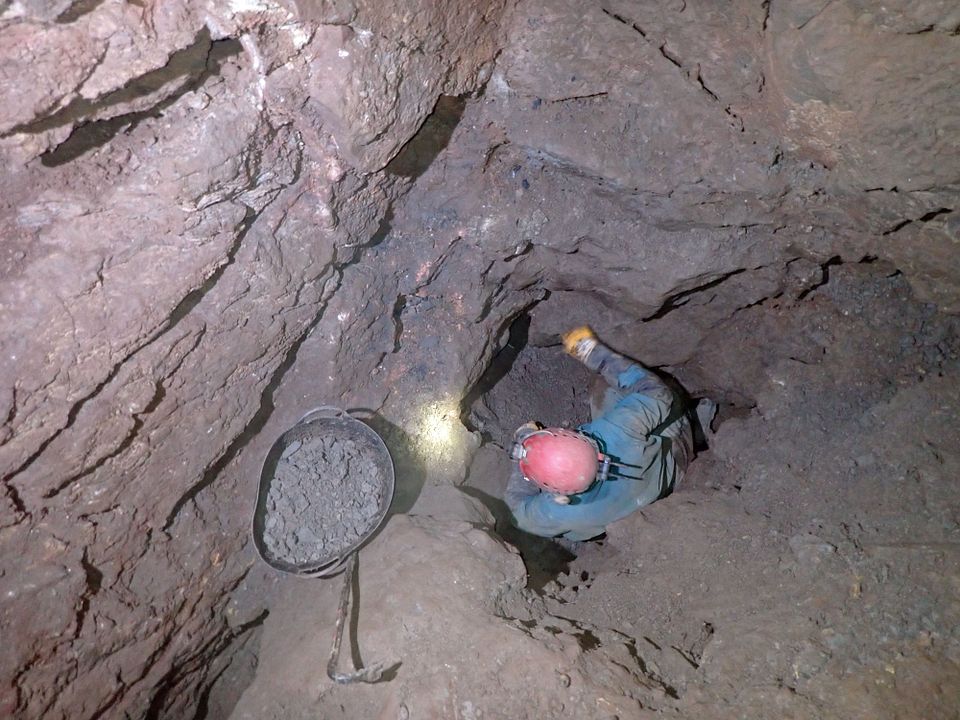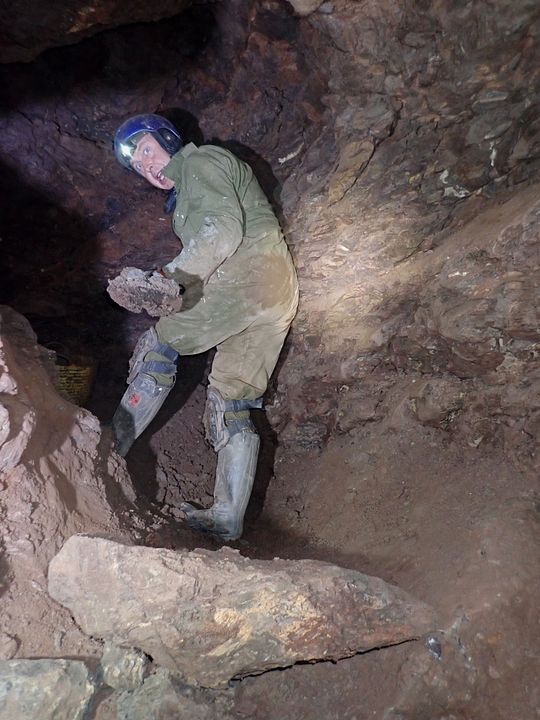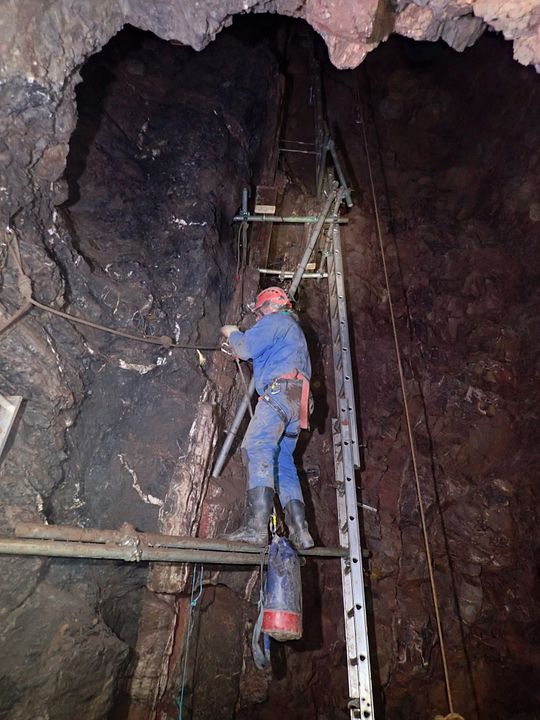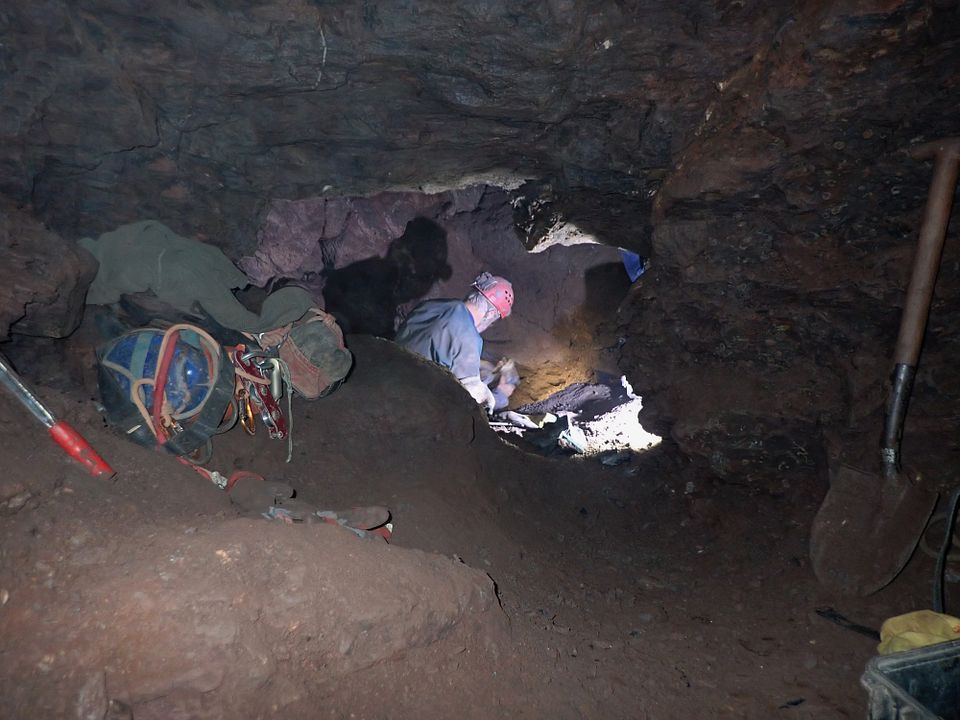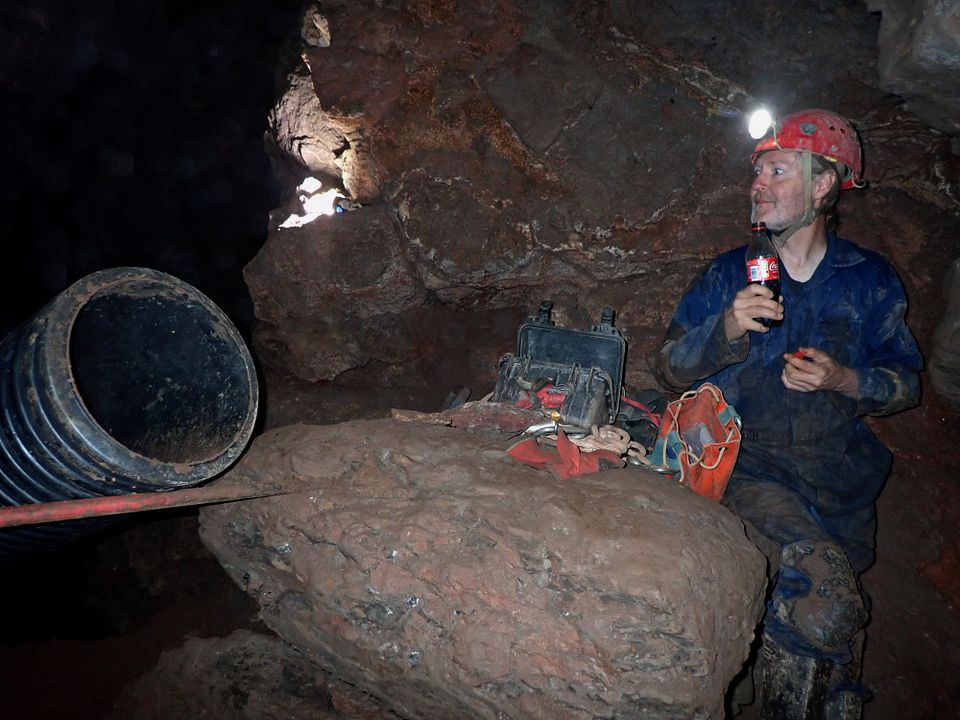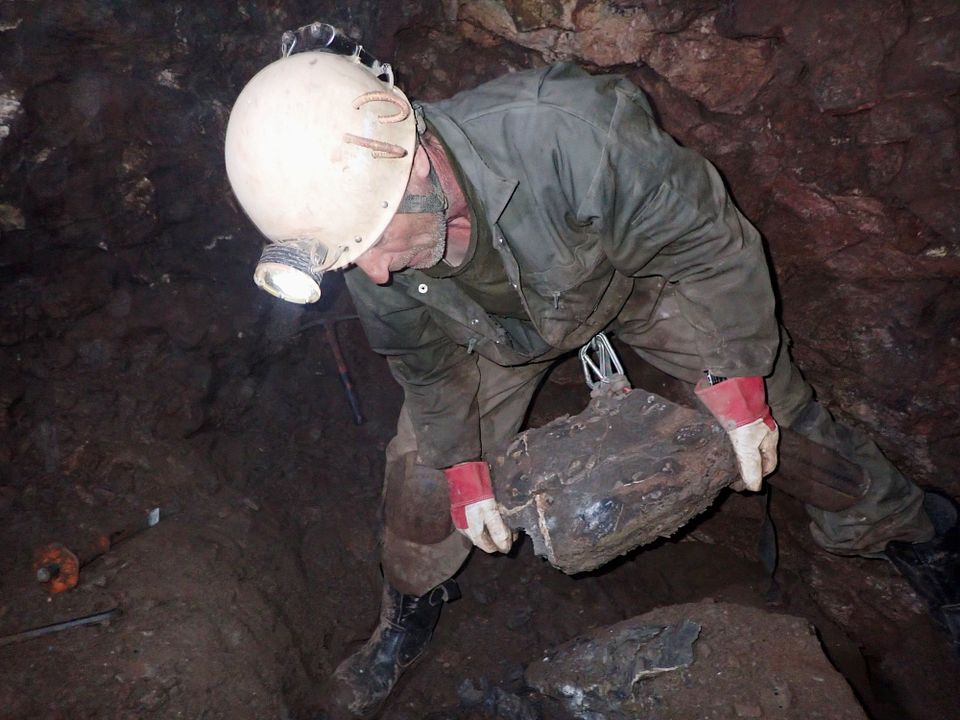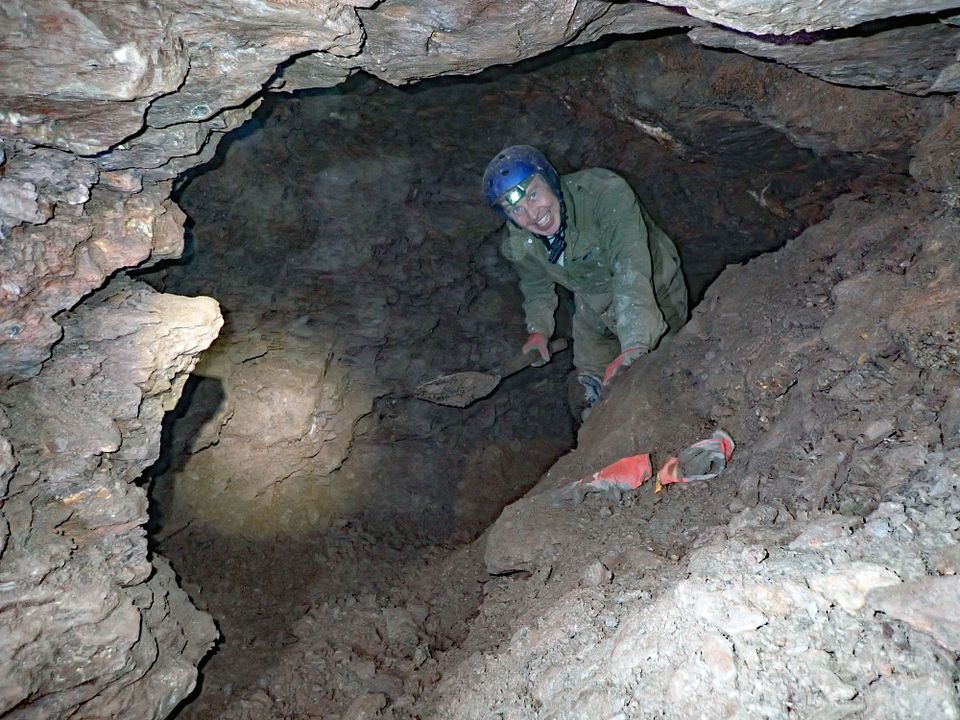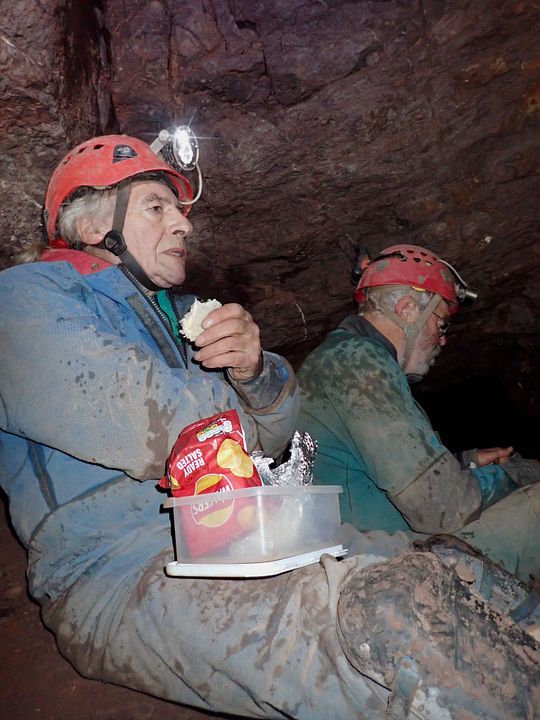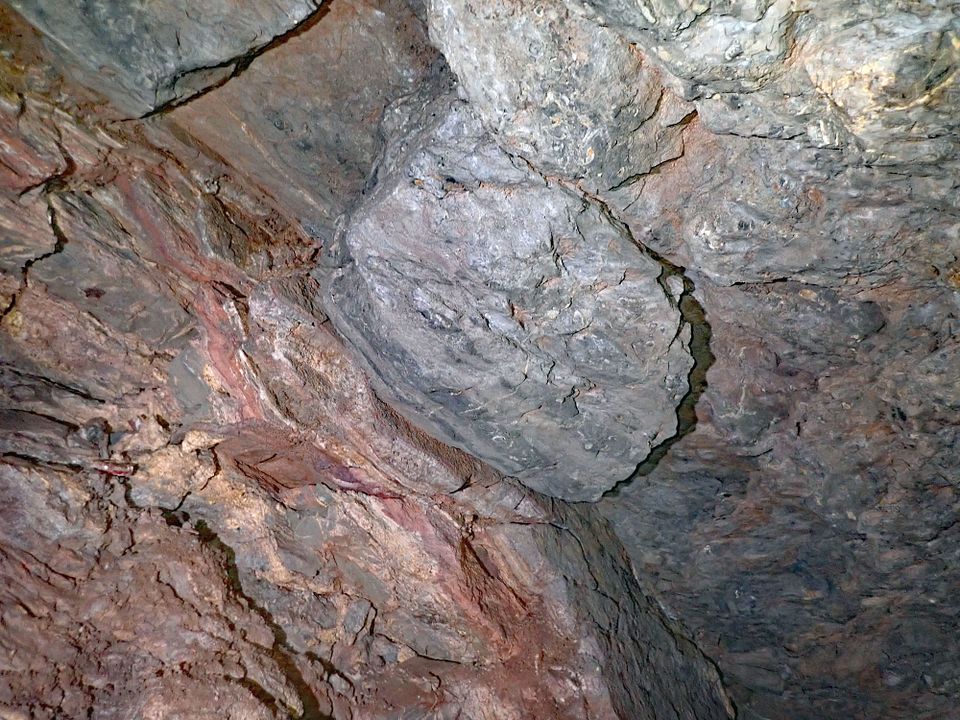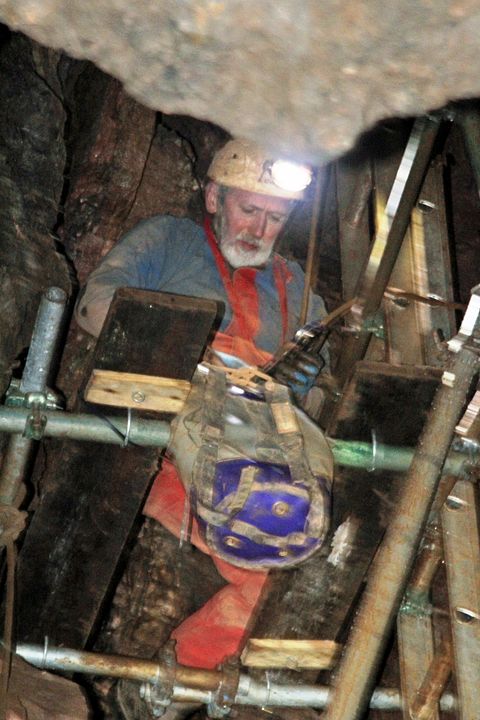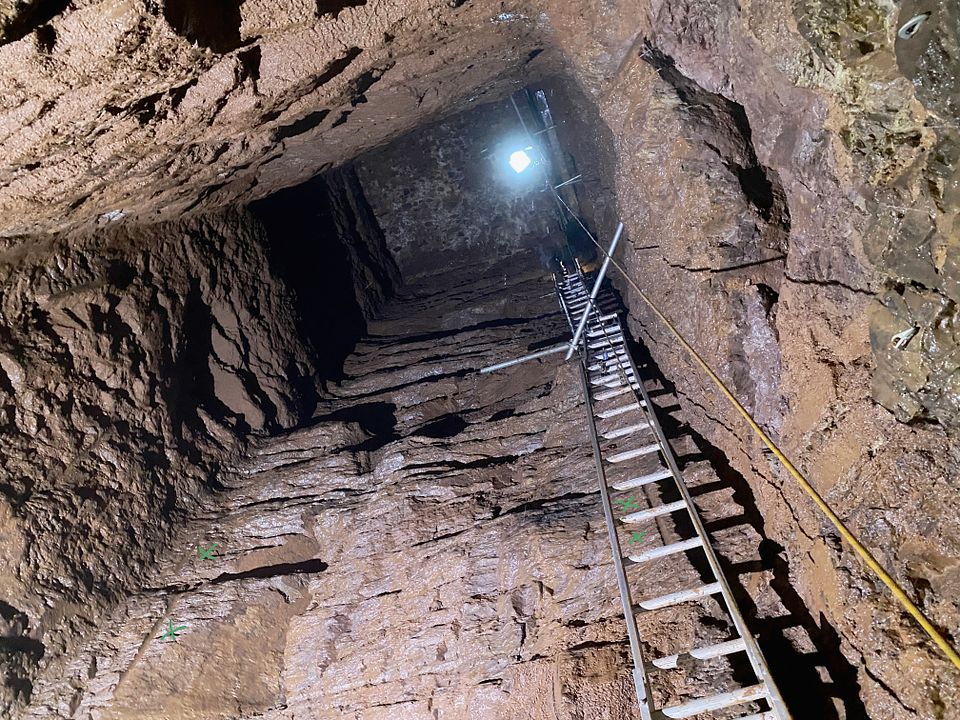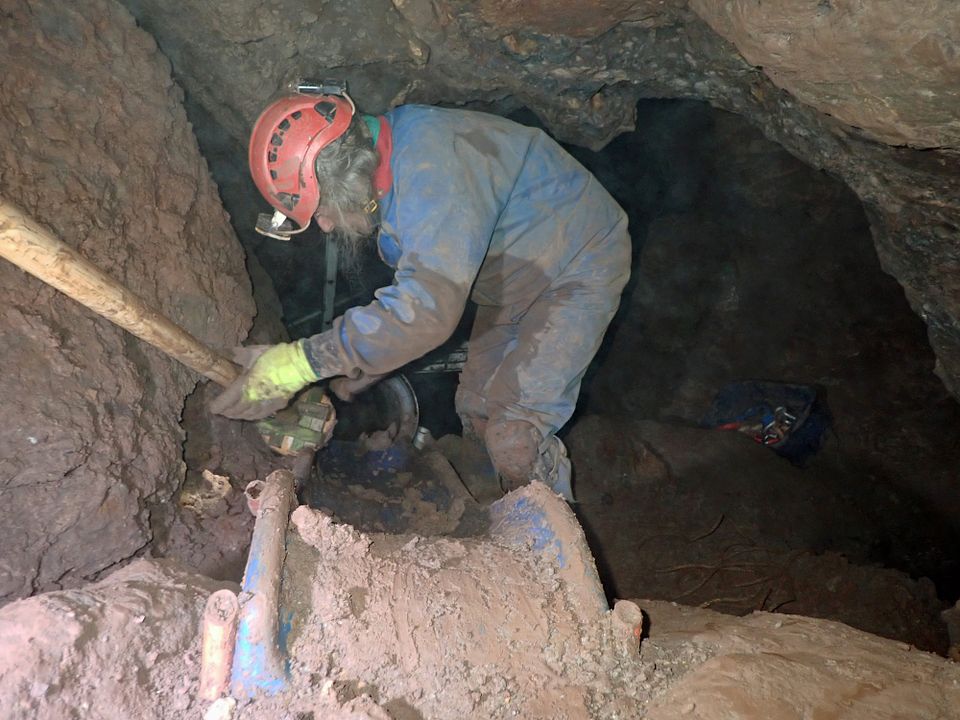The Old Ruminator
Well-known member
Thanks Andy you are far more adept at this sort of thing than I am. I do what I do best in keeping a record and trying to understand the things that I see. Long term we dont yet know.. Certainly when free of the licence constaints we can be more site specific and look at the rich social history that has been recorded. But then there may not be access as its a huge responsibility in such a vertical site and I for one dont want long term responsibility for the engineering. Our small site is important as it shows 18th C. mining techniques and associated structures. It has social history well documented describing the workings and the constant worry regarding investors. A forced closure in 1801 resulted in a reopening in 1817 with new investors brought in by the lure of wealth at sub adit level working. All based on false premises and a poor understanding of the geological processes in play. The geology itself is laid bare and tells a story of its own. Final closure in 1821 saw the workings mothballed awaiting the new investors that never came. Maybe a visit by Coleridge who certainly knew the miners and their work.
"Through caverns measureless to man
Down to a sunless sea."
Yes a nice thought and you never know ---
"Through caverns measureless to man
Down to a sunless sea."
Yes a nice thought and you never know ---




